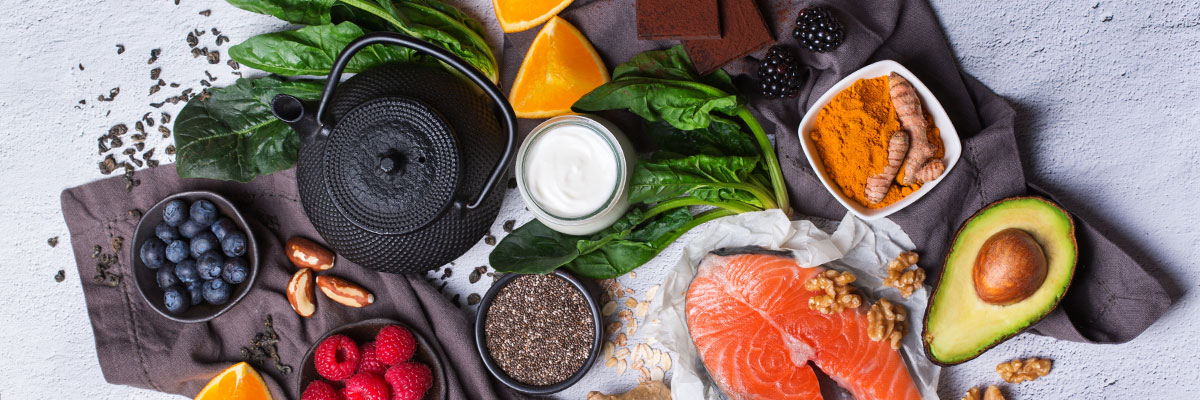Counting Macros for Beginners
By now a lot of people have heard about counting macros (aka IIFYM or flexible dieting). It is becoming more and more popular and obviously, we think it’s a great way to live a flexible, healthy lifestyle!
Counting macros is basically a very detailed way of counting calories but one that puts nutrition in the driver’s seat. You track the macronutrients that make up the food you are eating instead of just their calories alone.
It may sound overwhelming, but it’s actually pretty easy.
What weight loss really comes down to is calories in vs calories out.
And, depending on your goals, even this may not be enough. Calories are made up of 3 macro nutrients: fat, carbs, and protein. Each macro nutrient has a specific role for your body.
Fad diets that ask you to cut out one specific macronutrient may work initially, but they are not sustainable because your body NEEDS all three. In fact, eighty-five percent of dieters will gain that initial weight loss back within the year!
The best way to lose weight & keep it off is to eat foods that meet your body’s macronutrient needs so that it can function at it’s best without feeling deprived.
The flexibility of IIFYM.
You’ve probably been hearing about the IIFYM lifestyle for about 4 years now. IIFYM stands for If It Fits Your Macros. Which is a macro-first plan, that allows you to not count calories, but just focus on your macronutrient ratio as a way to loosen the reigns and enjoy life a little bit either.
Counting Macros for Beginners:
Your first step is going to be to figure out your goal. Do you want to lose weight? Gain weight? Or maintain?
After deciding your goal, you need to figure out your TDEE (total daily energy expenditure). This is your BMR plus any calories you burn through physical activity. You can definitely do this manually, but we love this TDEE calculator.
If your goal is to lose weight, take this number and subtract 250-500 calories.
Taking off 250 calories will give you a caloric deficit of 1750 calories per week, which is 1/2 pound loss. If your goal is to lose 1 pound, subtract 500 calories.
While you can healthily lose 2 pounds a week, it is not recommended to reduce your calories by more than 500. Instead, create that additional calorie loss with your workouts.
If your goal is to maintain keep your calories the same as your TDEE.
To gain weight, you would need to increase your calories.
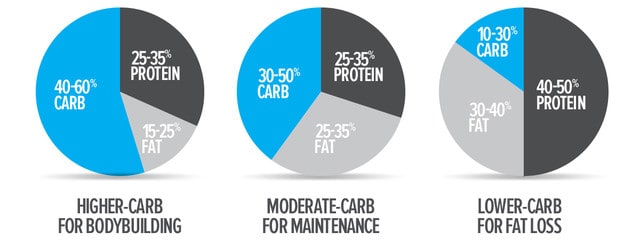
So let’s say you had a goal to eat 2,000 calories per day and you needed 25% of those calories to come from protein. You would multiply 2,000 by .25 to get 500 calories. You would continue to do this for fat and carbs as well.
Once you know what amount calories come from which macro nutrient, you need to convert those calories into grams.
Protein = 4 calories per 1 gram
Carbs = 4 calories per 1 gram
Fats = 9 calories per 1 gram
So if you need 500 calories worth of protein to convert that to grams you would just divide the calories by 4. You would need to consume 125 grams of protein per day to hit your goal.
Hitting that protein goal (especially when in a caloric deficit) is so important. This is the key to targeting weight loss from fat instead of a mix of fat & muscle mass. By hitting your protein goal & adding in some resistance training, you are preserving as much of that muscle as possible. This will help you achieve that lean look vs just “skinny fat.”
Clean eating vs IIFYM.
Counting macros is also called flexible dieting because it is flexible. If you really want a candy bar or some french fries you can eat it as long as it fits within your allotted macros for the day. But, once you really start tracking you will realize that you CAN’T eat like that all day long otherwise you will be left hungry at the end of the day. Junk food is not the end of the world every so often, and often comes along with some of the best parts of our social lives… but you can not build a diet on them. They have no nutritional value and eventually, you’ll burn out or break down.
Tracking your macros:
The most popular way to track your macros is to use the My Fitness Pal app.
One warning, My Fitness Pal will try to calculate macros for you, don’t let it. It is notorious for giving unrealistic, low macro/calorie goals.
Weigh your food. It sounds tedious but do it.dmeasures to the gram will keep you on target. The people who count their macros and aren’t successful either had their macros calculated incorrectly or don’t weigh their food. It’s that simple.
Weighing your food is actually not as inconvenient as it sounds, trust me. Here are some of our fave tips on weighing food that definitely make it easier. Want to eat straight out of the jar? We’ve got that covered & more!
By the way, that cheap food scale is the only money you need to spend on this “diet” (other than food).
Which foods to track. Short answer: All of them. A common question people ask is about net carbs. Do you only track net carbs or all carbs? If you ate it, you track it. You definitely want to be getting in fiber, but those are not free carbs so log them.
Think lifestyle change.
IIFYM is not meant to be a quick fix. It will completely change the way you look at food. This is a diet plan that is meant to take time (slow & steady wins the race). Because of this, you will run into holidays, birthdays, special occasions, and even just the typical Friday night. IIFYM accounts for all of that. You will learn how to eat in a way that fits your macros and fits your lifestyle.
Find Tools That help You.
Not to lead the witness, but our whole company is designed to make this transition easy for you. Here are our most popular meal plans, so you can see which is right for you.
What Macro Balance/Ratio is right for you?
Look there’s a lot of science out there. But ultimately, the best macro ratio for you is THE ONE YOU CAN STICK TO. It doesn’t matter how high your goals are if you only stick to it for 3 days and then crash and burn. So do a little trial and error. Dip your toes in a few different pools and see which one you can do 80% of your life, leaving that other 20% for whatever, because we all do need a little whatever.
With that in mind, here’s some basics to get you moving in the right direction.
CLEAN EATING / BALANCED
MacroPlate’s TRADITIONAL
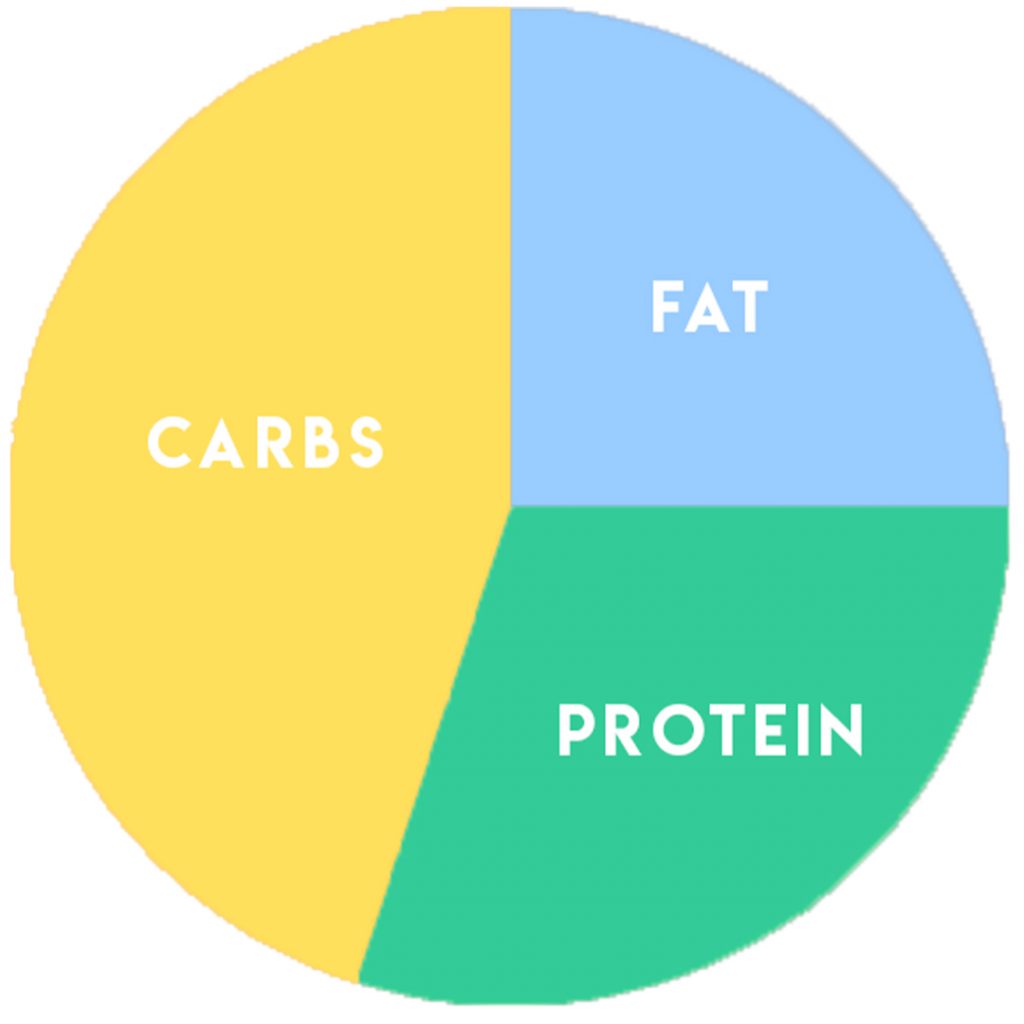
- 45-65% of carbohydrates
- 10-35% of protein
- 20-35% of fat
GODD FOR: ENDURANCE

This is the most balanced standard macro ratio. This is a great place to start for those who are new to health and fitness and simply want to start keeping track of what they eat, without taking on too much of a challenge.
This is also good for people who have high energy, fast metabolisms, and seem to always be on the move. You may have a hard time gaining weight, or feel dizzy often. This balance will support you and give you the fuel you need.
This ratio also great for endurance athletes, cyclists/spin, runners, gymnasts, and dancers.
High Protein / Bulking
MacroPlate’s HIGH PROTEIN
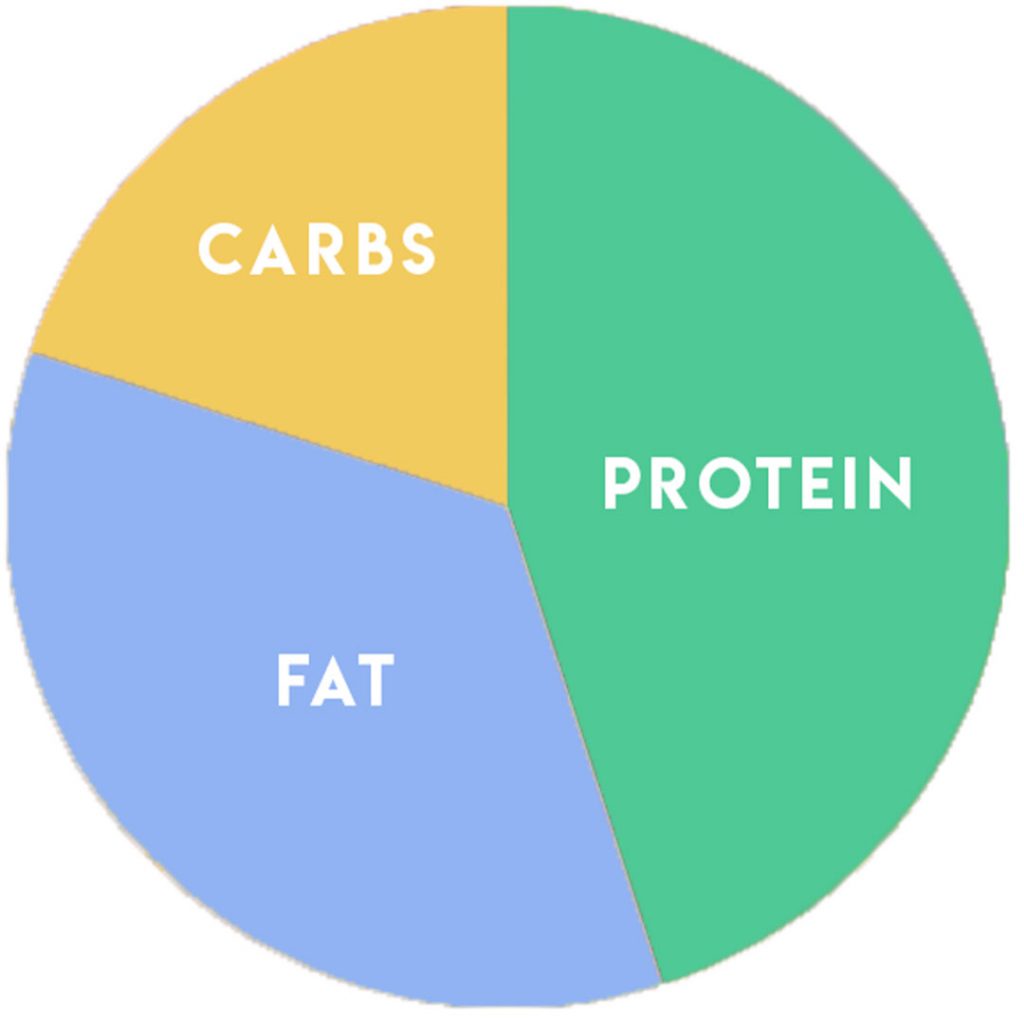
- 20-25% of carbohydrates
- 45-55% of protein
- 25-35% of fat
GREAT FOR: STRENGTH

Our most popular plan, macro ratios with a higher percentage of protein than fat and carbs are great for people who are trying to gain muscle, trim fat, and reduce their carbohydrates.
Good for people who are naturally athletic, have medium natural energy, have a medium build, tend to “burn” through meals faster than friends, and feel better after eating protein.
This ratio is great for body-builders, bulking, swimmers, soccer and basketball players, and those who to strength workouts like pilates, barre, and high-intensity yoga.
Low-Carb
MacroPlate’s PALEO
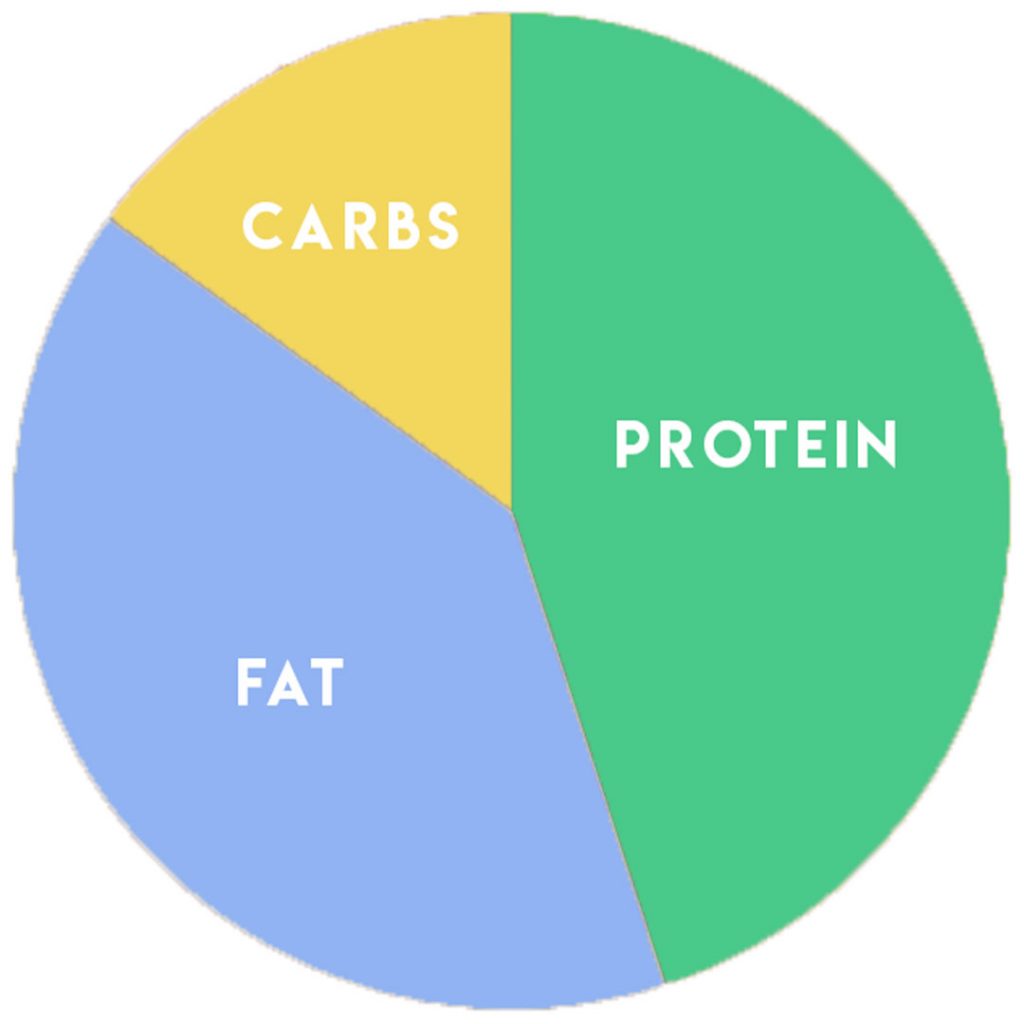
- 10-15% of carbohydrates
- 45-50% of protein
- 35-45% of fat
GREAT FOR: WEIGHT-LOSS

This ratio is great for people looking to lose weight quickly, or who are carbohydrate or gluten-sensitive. By increasing both the protein and fat and reducing the carbs, the body is able to focus more on burning fat than using glucose. MacroPlate’s plan follows the Paleo diet specifically, and is great for people who are gluten-free. But you don’t have to follow paleo to eat these macros.
This is great for people who are sugar and carb sensitive, find that they often experience brain fog after eating things like potatoes, rice, or pasta, experience quick weight gain, and tend to have a larger build.
Great for people who practice yoga, do light cardio like walking, light-hiking, or are just starting their fitness journey.



